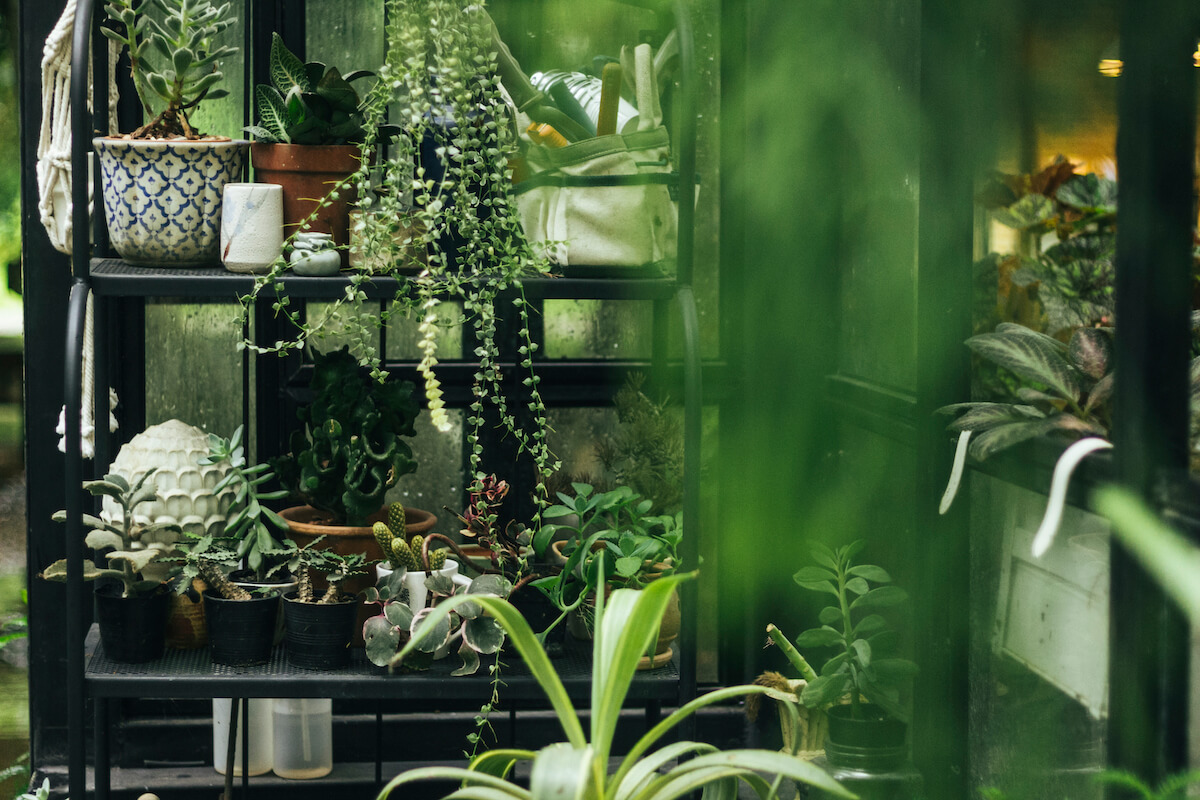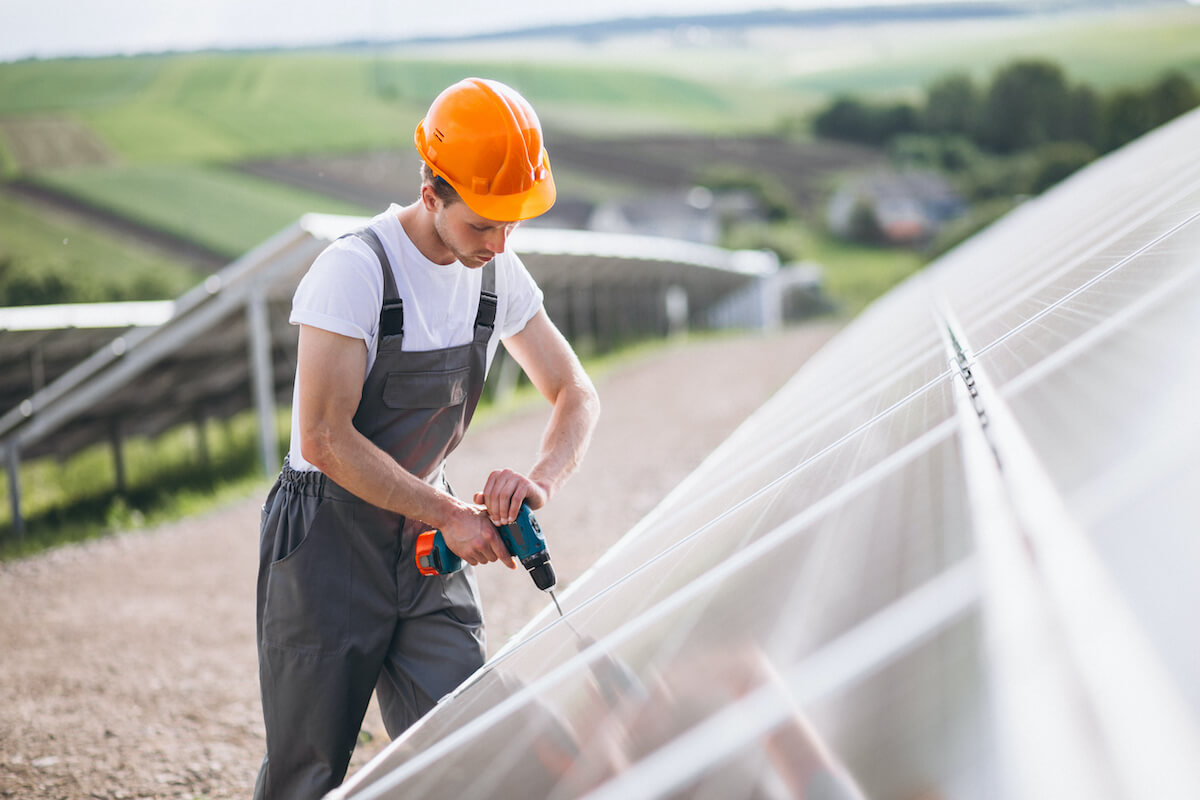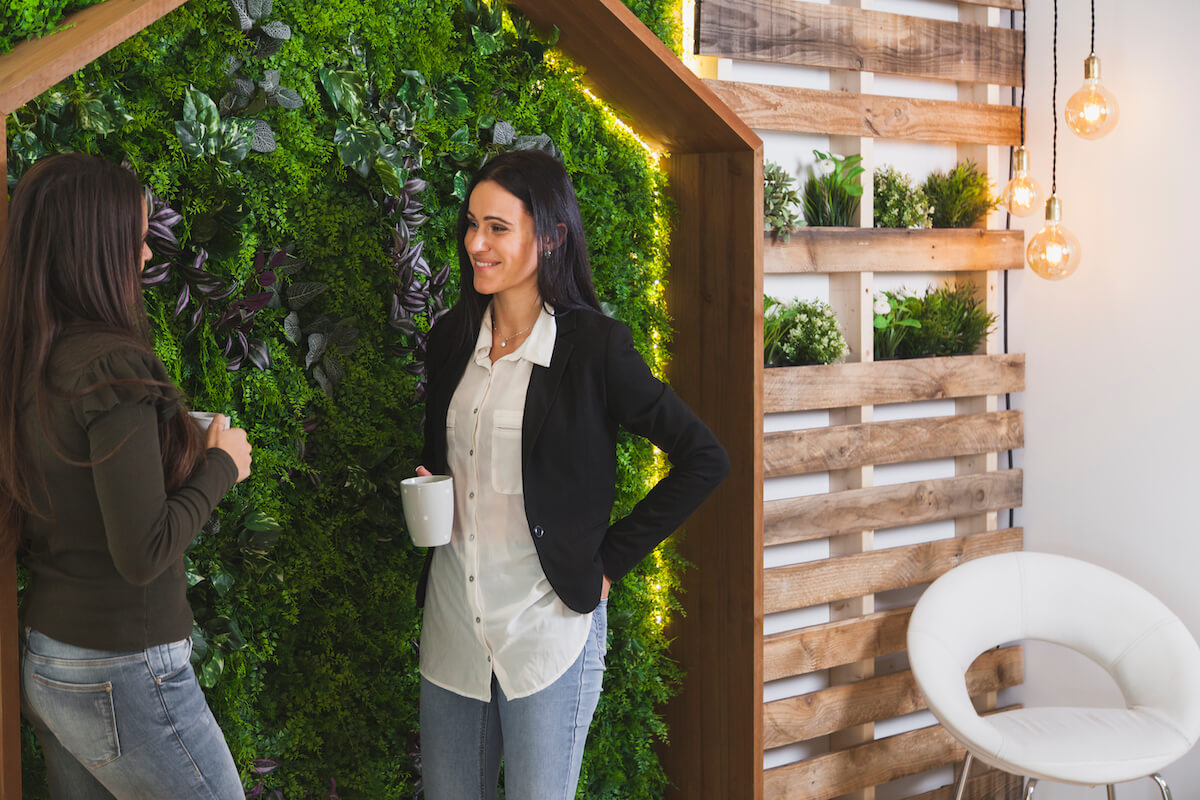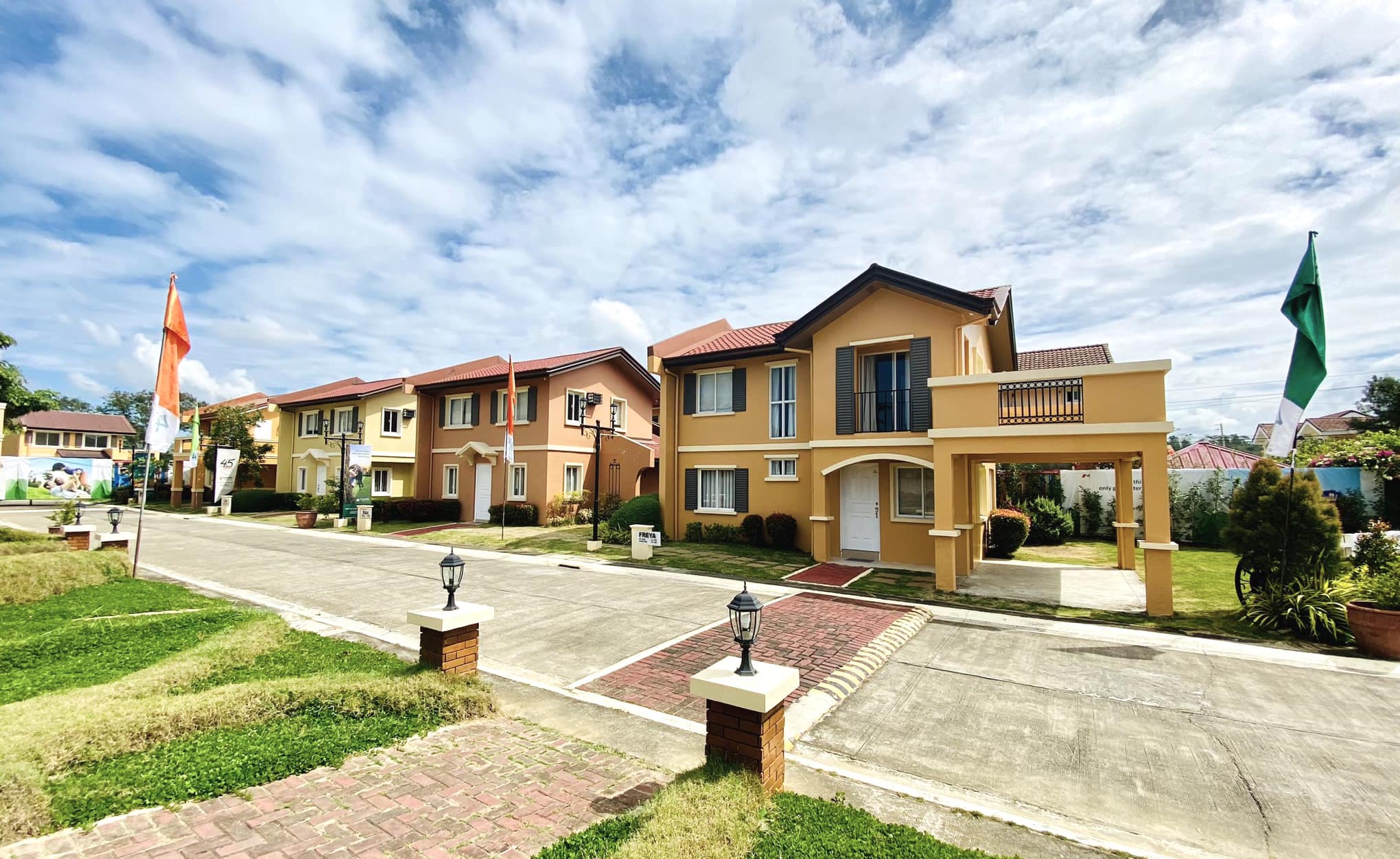
10 Ways to ‘Green’ Your Home’s Exteriors
Go green with outdoor spaces that contribute to a sustainable lifestyle
With the increasing awareness of climate change and the need for sustainable living, an increasing need to make environmentally friendly and sustainable choices in every aspect of our lives as homeowners make a positive impact on the environment, and that includes making your home ‘green’.
While much emphasis is also placed on greening the interiors, it’s equally important to extend conscious efforts to the home’s exteriors as well.
Wondering about ways to enhance the eco-friendliness of your home’s exteriors and make a positive impact on the planet? Explore these effective strategies.
1. Plant small native trees and plants
Other than having a green thumb, one of the easiest ways to green your home’s exteriors is by planting native trees and plants in your garden.
Native plant species require less water, are more resistant to pests, and provide habitats for local wildlife, thus promoting biodiversity.
Your very own secret garden
In case you intend to set up a garden and the surface is an uneven land, you might want to consider adding a raised decking area. It maximizes space, at the same time, provide a storage space underneath the raised area without losing the essence of your garden space.
Add natural materials like natural stone and other recycled materials to complete the aesthetic appeal of your garden and outdoor space.
Set up a variety of plants and trees that will add color and character to your garden. It will attract wildlife which creates the feeling of being one with nature. The garden can provide shade and helps create a secluded area for additional privacy.
2. Install rainwater harvesting systems
Installing rain barrels or harvesting systems helps you collect rainwater to reuse for watering your garden, washing the car, or cleaning your entire household.
This is a helpful way to reduce water consumption and prevent storm water runoff, which can lead to water pollution.
3. Use drought-tolerant landscaping
In dry climates or areas prone to water scarcity, opt for drought-tolerant landscaping. These types of landscapes use native plants that can thrive with minimal irrigation and minimal maintenance decreasing the need for water and minimizing your environmental impact.
4. Incorporate permeable paving
Instead of traditional impermeable asphalt or concrete, consider using permeable paving materials for your driveways and walkways.
Permeable paving, also called pervious or porous pavement, is a kind of hard surfacing which allows the rain water to drip down into underground reservoir base in which case it either filters to the underlying soils or removed through underground drainage system.
Permeable surfaces allow rainwater to infiltrate the ground, preventing water runoff and replenishing groundwater levels.
5. Install solar panels

Harness the natural power of the sun by installing solar panels on your home’s exterior if you can. Solar energy is a clean, renewable source of electricity that reduces your reliance on fossil fuels and lowers your carbon footprint.
This is one of the most common ways of making your home environmentally safe and friendly. Ask your trusted home builders about setting up your solar panels for a more sustainable home design, especially those with multiple air conditioning units at home.
While the initial construction cost is a bit hefty, it will definitely help manage and lower your energy bills in the long run.
6. Opt for energy-efficient lighting and gadgets
Replace traditional outdoor light fixtures with energy-efficient LED lighting. LED bulbs and LED lights consume significantly less energy, last longer, and produce less heat.
This alternative helps you reduce energy consumption while also helping you lower your electricity bills. While at it, consider the use of appliances with smart thermostat that manage extensive heating in some places.
7. Create a green roof or living wall

For a more eco friendly home design, transform your exterior walls or roofs into a green paradise by creating a green roof or living wall. Green roofs involve covering the roof of a building with vegetation while living walls are vertical gardens attached to the exterior or interior of a structure.
Both options offer numerous benefits beyond their aesthetic appeal. They help to improve air quality by filtering pollutants and absorbing CO2 emissions, as well as provide insulation for the building, reducing energy consumption.
This is a unique way of decorating, and these green installations use plants to insulate your home, reduce energy consumption, and mitigate the urban heat, especially in a humid country like the Philippines.
8. Use eco-friendly building materials
When renovating or building your home’s exteriors, choose eco-friendly materials such as reclaimed wood, recycled plastic lumber, or low VOC or low volatile organic compound paints.
These alternatives are sustainable, reduce waste, and prevent the release of harmful chemicals into the environment while providing good insulation at little maintenance cost.
9. Introduce a composting system
Implementing a composting system in your garden allows you to turn kitchen scraps, yard waste, and fallen leaves into nutrient-rich compost.
The process of composting enables you to divert organic waste from landfills while producing natural fertilizer for your plants.
10. Install motion sensors
A significant amount of energy is wasted on outdoor lighting that remains on when not needed. Installing motion sensors for outdoor lights ensures they only activate when someone is nearby, minimizing energy wastage and enhancing security in your home.
Small changes like implementing these strategies to green your home’s exteriors go a long way in creating sustainable homes and a healthier planet for future generations.
Remember, greening your homes is not just an aesthetic choice, it’s a responsibility where each one of us can contribute to a greener and healthier environment.
There are now a wide array of construction techniques and innovation that supports the need for sustainability.
Whether you are in need of geothermal heat, energy-efficient front windows that keep the cold air circulating in the house, or appliances with smart thermostats, many homeowners nowadays consider going for the greener option. Check hardware stores or lumber yards for eco-friendly materials.
If you want to live in healthy communities and green spaces, check out homes and properties with Camella!

Check out our House and Lot for Sale Properties
Discover our house and lot for sale properties in the Philippines


